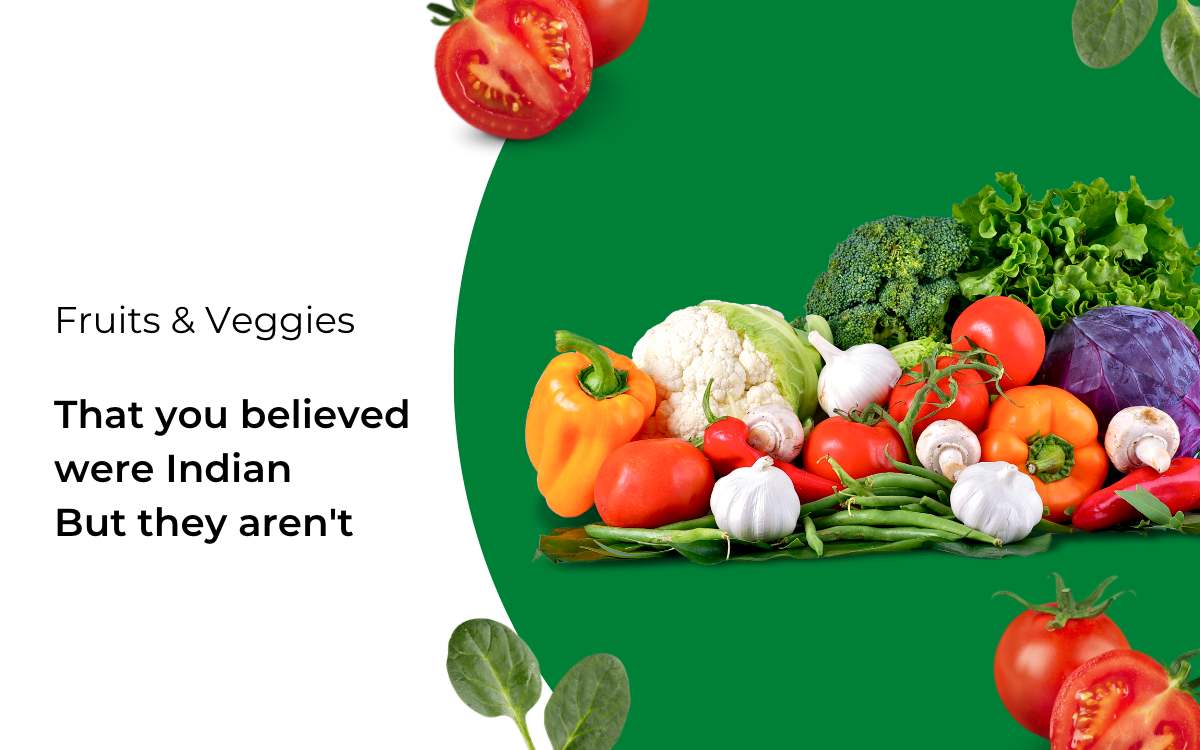When we think of Indian cuisine, we likely imagine a colorful array of spices, herbs, and fresh produce.
From succulent mangoes to crisp cucumbers, India is home to a wide diversity of fruits and vegetables essential to the country’s culinary heritage.
But did you know that many of the fruits and vegetables we associate with Indian cuisine are actually not native to the country? Here is a list of 16 fruits and veggies believed to be or widely consumed in India but not of Indian origin.
1. Tomato

This vegetable is an integral part of many Indian recipes that Indian’s enjoy and cherish but it hasn’t originated in India.
From its origins as a wild plant in the Americas to the thousands of varieties grown around the world today, it traces its origin to western South America, specifically in the area of modern-day Peru and Ecuador.
They were first domesticated by indigenous peoples there, and then later spread throughout the rest of the Americas, as well as to Europe and other parts of the world, through the process of European exploration and colonization.
2. Potato

For some, it is almost impossible to believe that Potato did not originate in India as it’s so widely used in almost all Indian dishes today.
They are actually native to the Andes Mountains in South America, specifically in the region that includes parts of modern-day Peru, Chile, and Bolivia.
They were first domesticated by the indigenous people of these areas more than 7,000 years ago, and then later spread to other parts of the world through European exploration and colonization.
3. Cauliflower
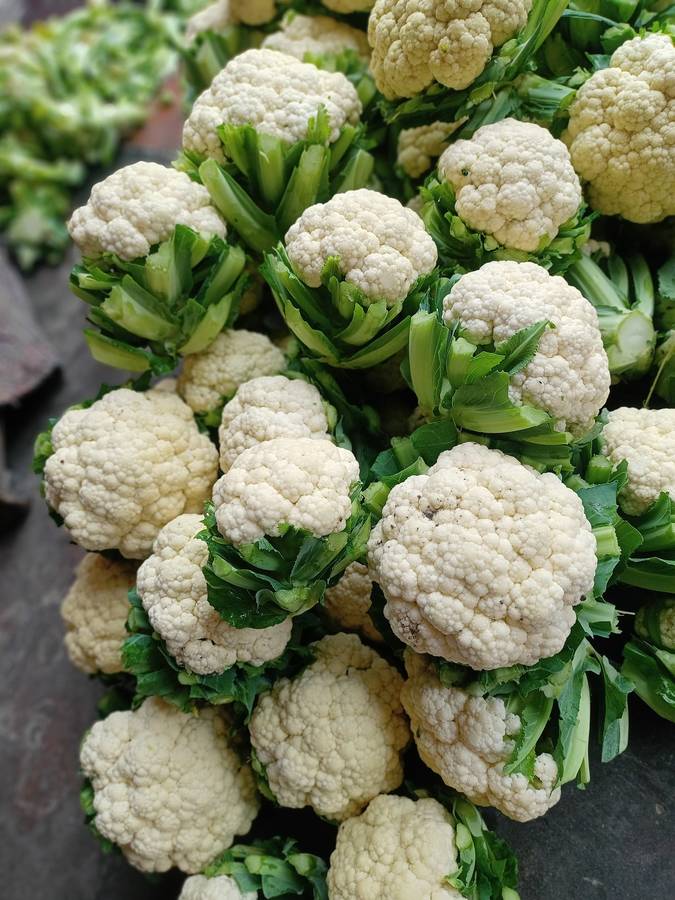
Many Indians are vegetarians, and cauliflower is one of the most sought after vegetables for them. There is no scarcity of dishes based on cauliflower and it is often combined with other vegetables to complete a typical Indian lunch or dinner.
Even for breakfast Gobhi (Cauliflower) Parathas are very famous in northern parts of India.
However, it is believed to have originated in the eastern Mediterranean, specifically in the region that includes parts of modern-day Italy, Greece, and Turkey.
It is a member of the cruciferous vegetable family, which also includes other vegetables such as broccoli, kale, and cabbage.
The plant was first cultivated by the ancient Romans, who would have recognized a wild ancestor of cauliflower and then over time cultivated it into the vegetable we know today.
From the Mediterranean, it was spread to other parts of Europe and eventually to the rest of the world through European exploration and colonization.
This beloved veg was introduced from England in 1822 and has since become an integral part of Indian cuisine.
4. Red Chilli
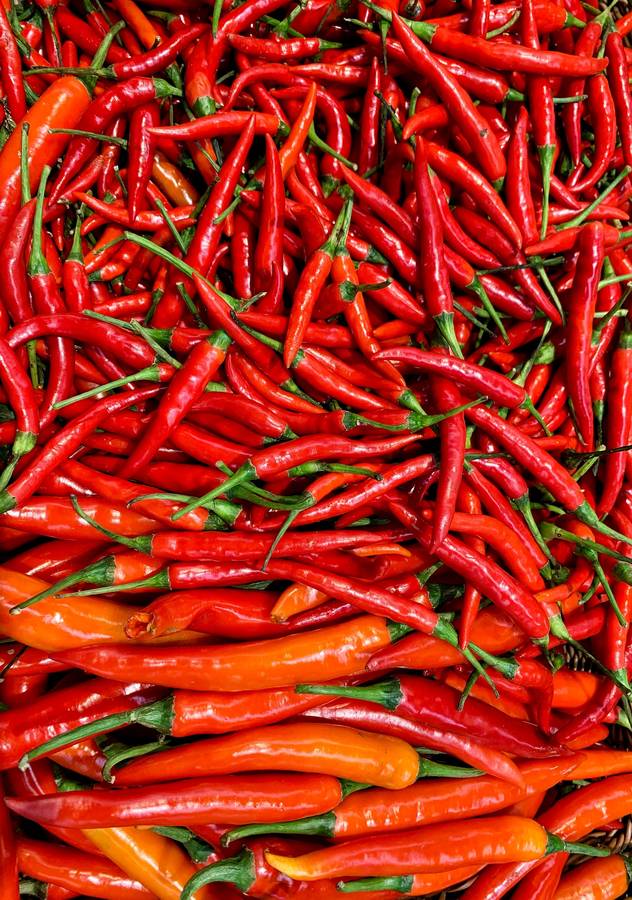
Red chili peppers are believed to have originated in the Americas, specifically in the region that includes parts of modern-day Mexico, Central America, and South America.
They were first domesticated by the indigenous people of these areas thousands of years ago and were a fundamental part of their diet and culture.
From there it was then spread to the rest of the world through the process of European exploration and colonization, and today it is widely used as a spice in many different cuisines around the world.
5. Pineapple

Pineapple is believed to have originated in South America, specifically in the region that includes parts of modern-day Brazil, Paraguay, and Argentina. The pineapple was also discovered in central America by Christopher Columbus.
The indigenous people of these areas have been cultivating pineapple for thousands of years. The pineapple was later brought to the Caribbean island by the indigenous people of the Caribbean, and from there it was spread to other parts of the world through European exploration and colonization.
The pineapple has been cultivated in tropical climates such as Central and South America, Africa and Southeast Asia, and today is grown in many countries around the world.
6. Rajma or Kidney Beans
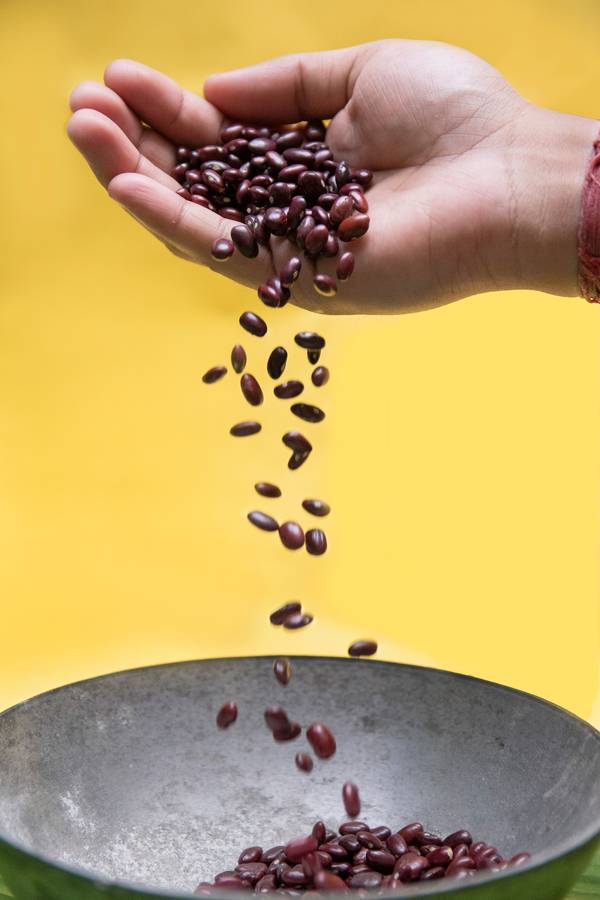
Rajma, the beloved dish of India, has a fascinating origin story. It all began in the lush fields of Mexico, where it was first grown. From there, it made its way across the ocean to Europe, and eventually found its way to the southwestern coast of India through the hands of Portuguese traders.
But it was in the Punjab region where Rajma truly came into its own, taking on a spicy avatar that has made it a staple of Indian cuisine. The dish has a rich history and cultural significance, making it more than just a simple meal, but a culinary treasure of India.
7. Guava
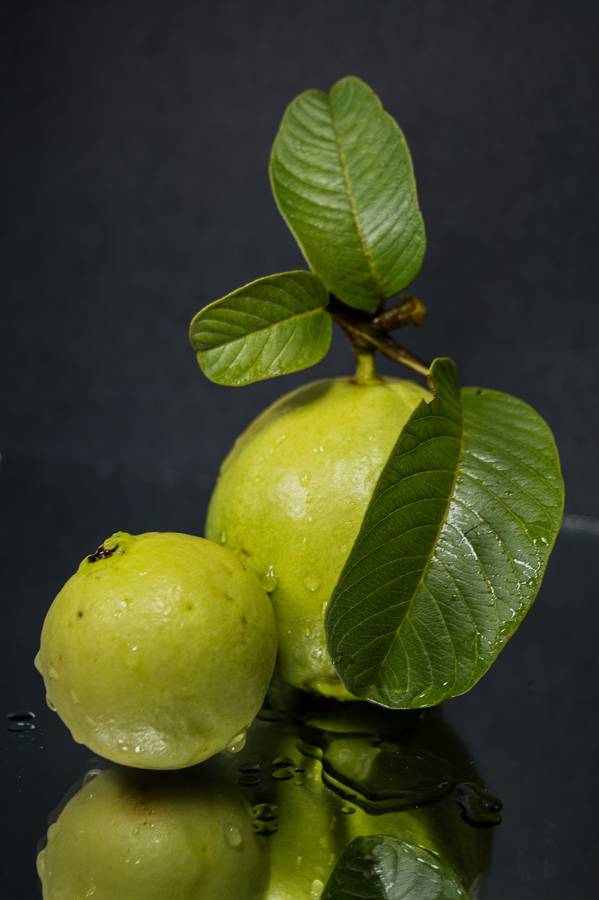
The guava, a beloved summer fruit in India, has roots in South America. It was brought to Asia by the Portuguese traders and eventually made its way to India. In fact, in Malaysia, the guava is called “jambu portugis” as a nod to its Portuguese origin.
The journey of this fruit across the continents not only adds to its unique taste but also tells an interesting story of cultural exchange and global trade.
8. Tamarind
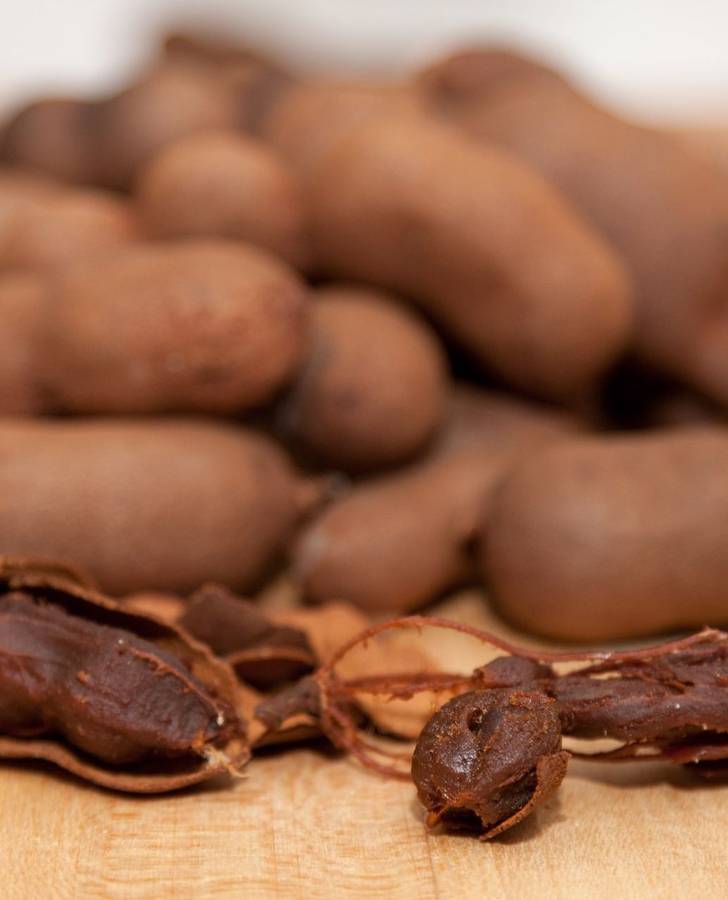
Tamarind is believed to have originated in tropical Africa, specifically in the region that includes parts of modern-day Sudan, Ethiopia, and Somalia.
The plant was first cultivated by the ancient people of the region and was used for its fruit, leaves, and bark.
From Africa, tamarind was later spread to other parts of the world through trade and migration, and it is now found in many tropical regions of the world, including India, Southeast Asia, the Caribbean, and Central and South America.
Tamarind is widely used in cooking and has a unique sweet-sour flavor and it’s commonly used in various cuisines worldwide.
9. Cashew Nut
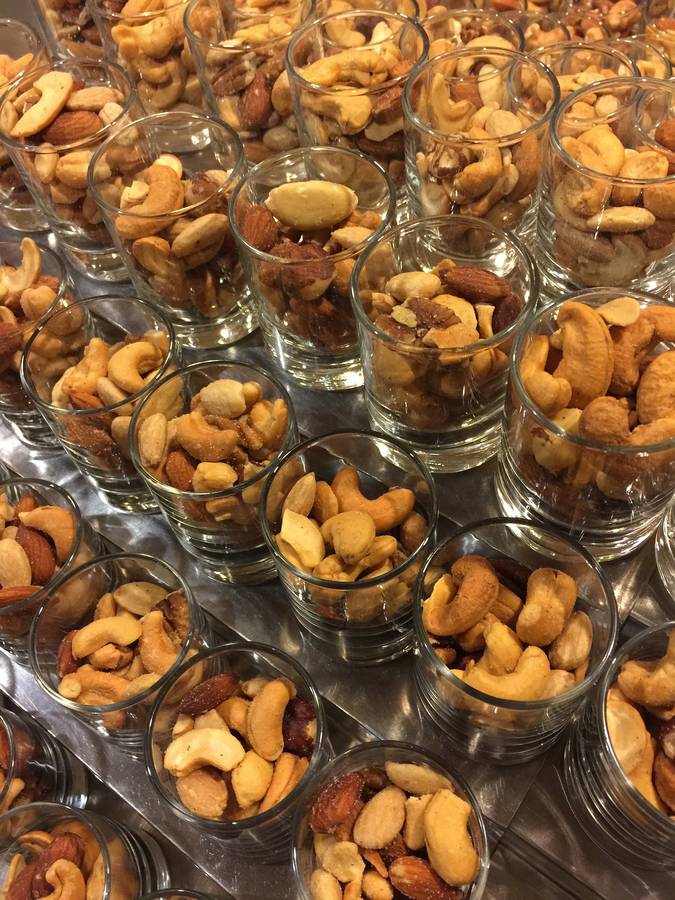
Cashew nuts, a beloved and expensive staple in Indian cuisine, have an incredible origin story. Though they are commonly used in gravies, sauces, and as a decadent topping for sweets, and often given as gifts to loved ones, these nuts actually hail from Brazil.
It was the Portuguese who brought them to Goa, where they have since become an indispensable part of the local cuisine.
The rich and unique flavor of the cashew nut, and its significance in Indian cuisine, is a testament to the impact of global trade and cultural exchange.
10. Pumpkin

The beloved ‘kaddu’ or pumpkin, a staple of Indian cuisine, also did not originate here. It was brought to India by traders from Central America and Europe, where it was quickly adopted and became an essential ingredient in mixed vegetable dishes across the country.
Though it may not be indigenous to India, it has become a beloved and integral part of Indian cuisine, showcasing the impact of cultural exchange and global trade on the culinary landscape.
11. Lychee
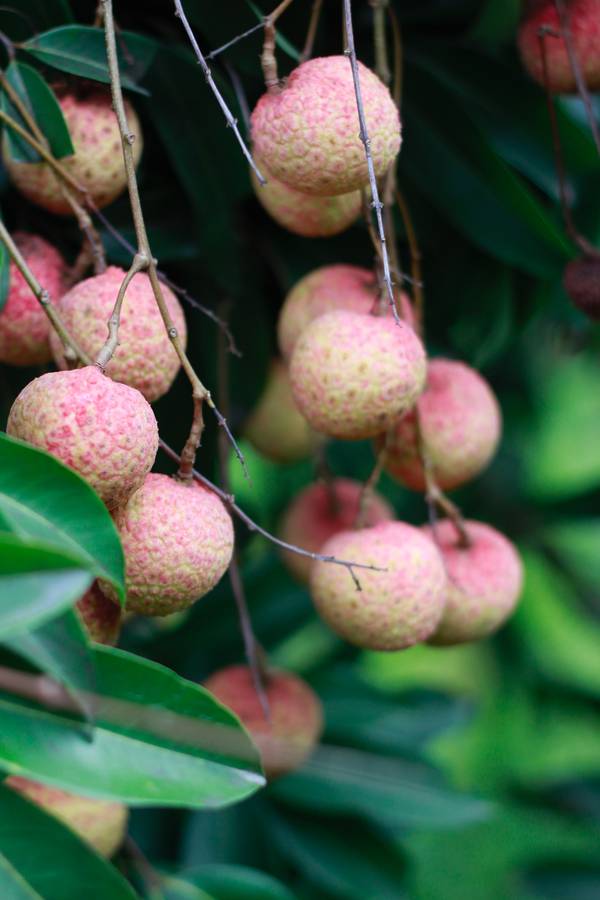
One of India’s favorite summer fruits has its origins in China. However, an interesting fact about the lychee is that Indians love the fruit so much that today India is the largest exporter of canned lychees in the world.
12. Custard Apple
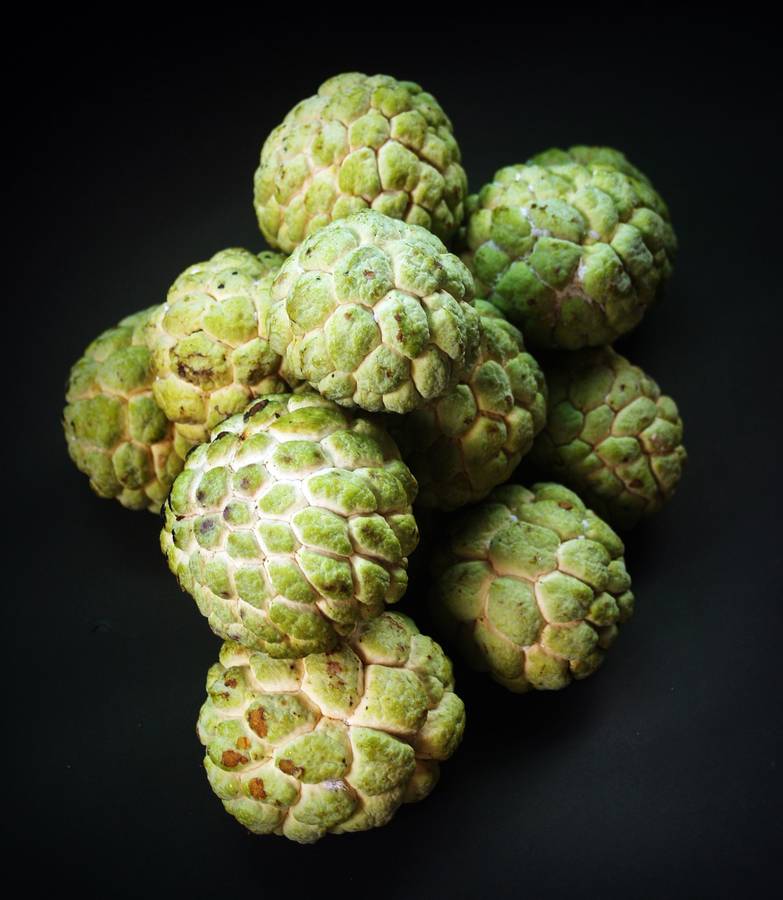
The custard apple, also known as Seetaphal, is a beloved tropical fruit, especially among Gujaratis, but it’s not originally from India. It is believed to have originated in the West Indies, later spreading to Africa in the 17th century.
It was possibly brought to India by the Portuguese traders, and since then it has become a staple in Indian cuisine. Though it may not be native to India, the custard apple has become a beloved fruit in the country, thanks to its unique taste, texture and cultural significance.
13. Papaya

Papaya is a tropical fruit that originated in Central America, specifically in the region that includes parts of modern-day Mexico, Guatemala, and Honduras.
The fruit was first domesticated by the Maya people of these areas thousands of years ago and was an important part of their diet and culture. From there, it was spread to other parts of the Americas, and eventually to other parts of the world through the process of European exploration and colonization.
Today, papaya is widely grown in tropical and subtropical regions of the world, and is used in many different cuisines for its sweet and juicy flesh.
14. Avocado

The avocado tree, a medium-sized evergreen in the laurel family, is native to the Americas and was first domesticated by Mesoamerican tribes over 5,000 years ago for its large and oily fruit.
15. Chikoo or Sapodilla
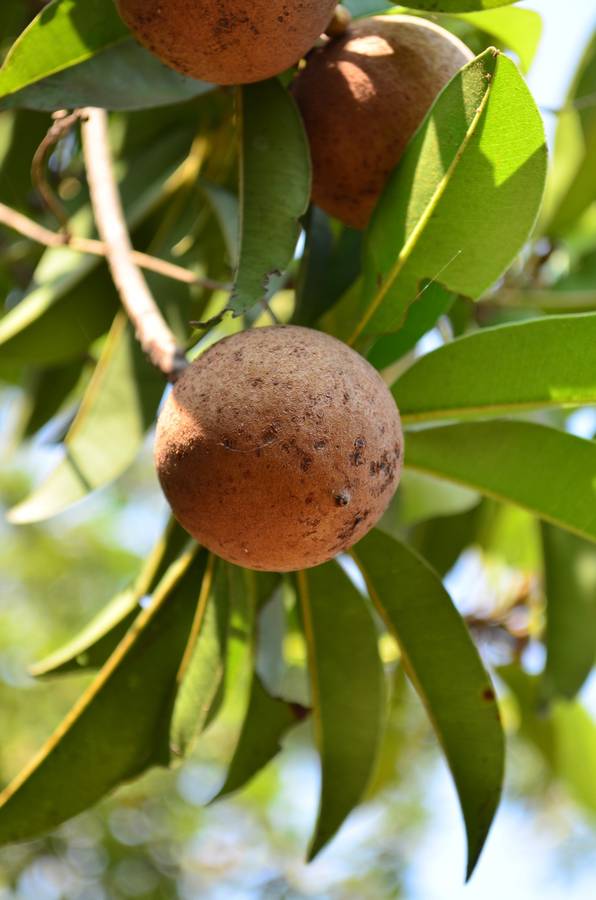
The Sapodilla (Chikoo) is native to Central America and southern Mexico. It is believed to have originated in the Yucatan Peninsula and was spread by the Mayans throughout the region.
It was later introduced to other parts of the world, such as the Caribbean, by Spanish and other European colonizers.
It’s fascinating to think about how these foreign fruits and vegetables have become so ingrained in Indian cuisine, and how they’ve helped to shape the rich and diverse food culture we know and love today.
So next time you take a bite of a delectable tomato-based curry or a crispy samosa, remember that these beloved dishes have a global heritage worth exploring.
